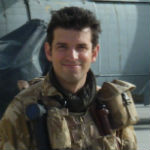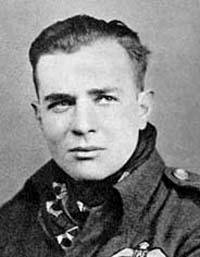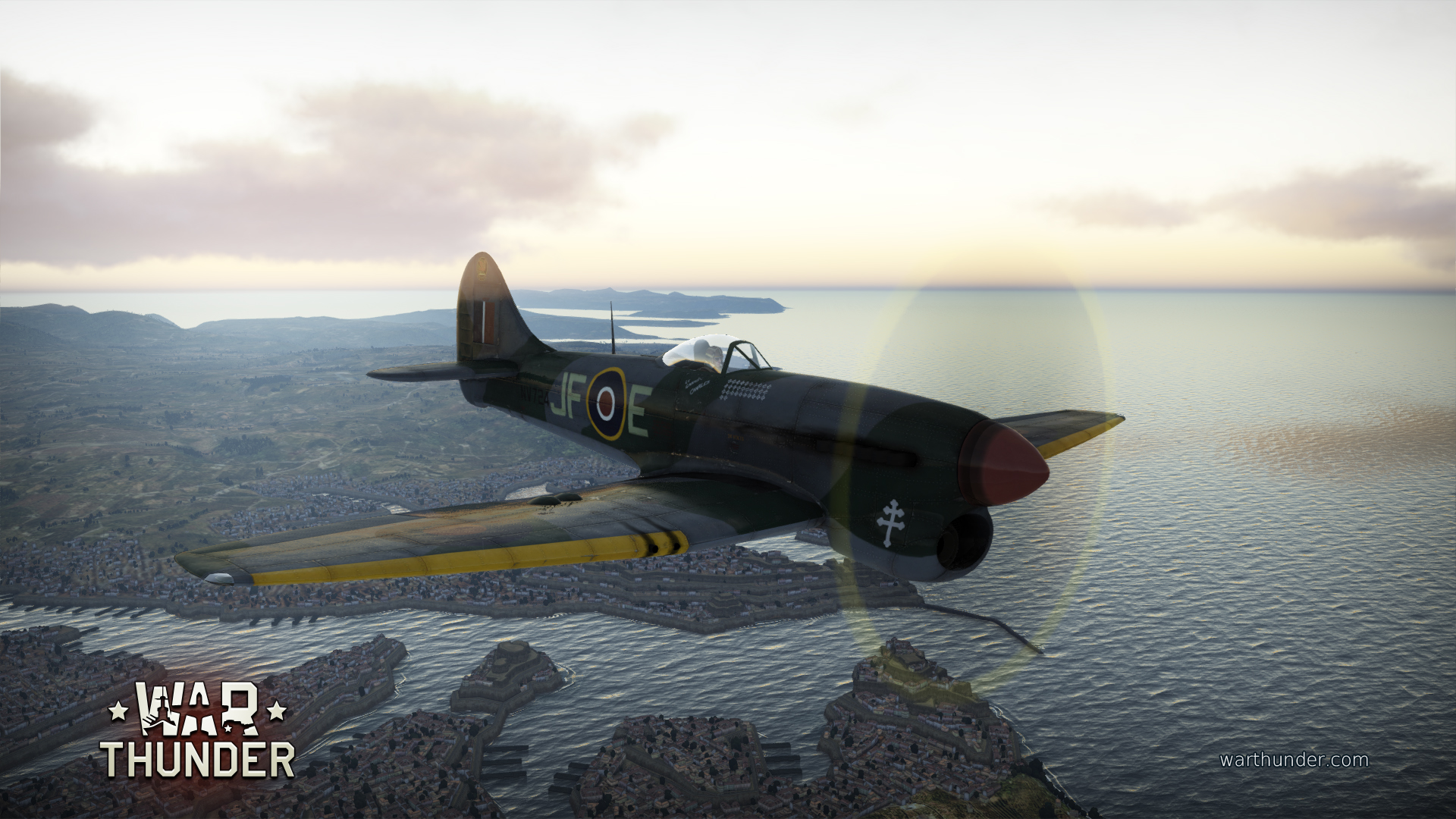
- For PC
- For MAC
- For Linux
- OS: Windows 7 SP1/8/10 (64 bit)
- Processor: Dual-Core 2.2 GHz
- Memory: 4GB
- Video Card: DirectX 10.1 level video card: AMD Radeon 77XX / NVIDIA GeForce GTX 660. The minimum supported resolution for the game is 720p.
- Network: Broadband Internet connection
- Hard Drive: 17 GB
- OS: Windows 10/11 (64 bit)
- Processor: Intel Core i5 or Ryzen 5 3600 and better
- Memory: 16 GB and more
- Video Card: DirectX 11 level video card or higher and drivers: Nvidia GeForce 1060 and higher, Radeon RX 570 and higher
- Network: Broadband Internet connection
- Hard Drive: 95 GB
- OS: Mac OS Big Sur 11.0 or newer
- Processor: Core i5, minimum 2.2GHz (Intel Xeon is not supported)
- Memory: 6 GB
- Video Card: Intel Iris Pro 5200 (Mac), or analog from AMD/Nvidia for Mac. Minimum supported resolution for the game is 720p with Metal support.
- Network: Broadband Internet connection
- Hard Drive: 17 GB
- OS: Mac OS Big Sur 11.0 or newer
- Processor: Core i7 (Intel Xeon is not supported)
- Memory: 8 GB
- Video Card: Radeon Vega II or higher with Metal support.
- Network: Broadband Internet connection
- Hard Drive: 95 GB
- OS: Most modern 64bit Linux distributions
- Processor: Dual-Core 2.4 GHz
- Memory: 4 GB
- Video Card: NVIDIA 660 with latest proprietary drivers (not older than 6 months) / similar AMD with latest proprietary drivers (not older than 6 months; the minimum supported resolution for the game is 720p) with Vulkan support.
- Network: Broadband Internet connection
- Hard Drive: 17 GB
- OS: Ubuntu 20.04 64bit
- Processor: Intel Core i7
- Memory: 16 GB
- Video Card: NVIDIA 1060 with latest proprietary drivers (not older than 6 months) / similar AMD (Radeon RX 570) with latest proprietary drivers (not older than 6 months) with Vulkan support.
- Network: Broadband Internet connection
- Hard Drive: 95 GB
 |
About the author:Mark Barber, War Thunder Historical ConsultantMark Barber is a pilot in the British Royal Navy's Fleet Air Arm. His first book was published by Osprey Publishing in 2008; subsequently, he has written several more titles for Osprey and has also published articles for several magazines, including the UK's top selling aviation magazine 'FlyPast'. His main areas of interest are British Naval Aviation in the First and Second World Wars and RAF Fighter Command in the Second World War. He currently works with Gaijin as a Historical Consultant, helping to run the Historical Section of the War Thunder forums and heading up the Ace of the Month series. |
Ace of the Month – Pierre Clostermann
On May 12th 1945, No.3 Squadron RAF participated in a victory fly past over Bremerhaven when a horrific collision occurred involving all four Hawker Tempests of ‘A’ Flight. Three of the pilots were tragically killed, with only one aviator managing to bail out and open his parachute seconds before hitting the ground. The sole survivor was 24 year old French flying ace Pierre Clostermann.
 |
Pierre Henri Clostermann was born in Curitba, Brazil on February 28th 1921, the son of a French diplomat. At the age of nine he was sent to Paris where he was educated until his return to Brazil in 1937. After receiving flying tuition from German pilot Karl Benitz, he was awarded his private pilot’s license in November of the same year. When war broke out in Europe, Clostermann attempted to enlist in the French Air Force but after his application was rejected he studied aeronautical engineering in Los Angeles. Refusing to give in, Clostermann sailed for Liverpool in 1942 where he was accepted as a Sergeant pilot in the Free French Air Force, by then a part of Britain’s RAF. |
Completing his training in 1943, Clostermann was posted to No.341 ‘Alsace’ squadron under the command of Squadron Leader Rene Mouchette, flying Supermarine Spitfire Mk.IXs out of Biggin Hill. On July 27th, Clostermann shot down two Focke-Wulf FW190s, following this achievement with a third 190 destroyed only days later. Often flying as Mouchette’s wingman, Clostermann was employed in this duty on the day his CO was shot down and killed by FW190s of JG2 whilst escorting B-17s over Pas-de-Calais. Clostermann was commissioned as a Pilot Officer and posted to No.602 Squadron in October 1943 where, flying in a variety of different Spitfires, he was employed in a myriad of different duties for the next ten months. Clostermann scored significant successes in the air and against ground targets, and flew two sorties over the Normandy beaches during the D-Day landings.
On June 11th 1944, Clostermann was one of the first French pilots to land on newly liberated French soil when his squadron moved to a temporary airstrip at Longues-sur-Mer; he later recalled his regret at wearing dress uniform to mark the occasion when he was caked in a fine dust kicked up from the Spitfires after he jumped down from the wing of his fighter after landing. Offensive fighter sweeps deeper into Northern France continued, with Clostermann adding another four kills to his tally. On July 2nd he destroyed two German fighters and damaged a further three; he was awarded the British Distinguished Flying Cross shortly afterwards. After a busy period of operations, Clostermann was forced to accept a non-operational posting and was sent to HQ Free French Air Force for a staff appointment.
Returning to front line duties in December 1944, Clostermann converted to the new Hawker Tempest before being posted to No.274 Squadron in Volkel, Holland as a Flight Lieutenant. He was soon back in the thick of the action, taking part in offensive operations into Northern Germany where his squadron encountered the revolutionary Messerschmitt Me262. After a brief spell recovering from a leg wound from AA fire in March 1945, Clostermann was promoted to Squadron Leader and took command of No.3 Squadron, where he finished his wartime flying career until his release from service in August. By VE-Day Clostermann had flown 432 operational sorties: his final tally has been the subject of some controversy, but is now widely acknowledged as being between 11 and 18 air-to-air victories, plus up to 14 shared. He also achieved commendable successes in the ground attack role, with over 300 ground targets destroyed. His decorations included the Croix de Guerre, the Grand Croix of the Legion d’honneur, the American Silver Star and the British DFC and bar. In 1948 he published ‘Le Grand Cirque’ which is widely acknowledged as one of the greatest aviation autobiographies of the era.
Clostermann returned to aeronautical engineering after the war, helping to found the Reims Aviation Company, becoming a Vice President of Cessna and working on the Air France board. He briefly returned to military aviation in 1956, flying ground attack missions in Algeria. Following his father’s footsteps as a long time supporter of Charles De Gaulle, Clostermann was also highly active in the field of politics and served eight terms as a Deputy of the French National Assembly.
An often controversial figure, the exact number of Clostermann’s air-to-air victories have been the subject of debate amongst historians for some years and his outspoken political views in later life often garnered media attention. However, Clostermann’s skill and bravery in the skies of Europe during the Second World War were proved beyond a shadow of a doubt, and when he passed away at his home in the Pyrenees in March 2006, France lost perhaps its greatest aerial hero since the First World War. Just prior to this, on the 60th anniversary of the D-Day landings, a road at Longues-sur-Mer not far from where he landed with No.602 Squadron was named after him. The 83 year old Clostermann was able to attend the naming ceremony.
The Aircraft
Hawker Tempest Mk.V NV724
Although the majority of Clostermann’s aerial successes were achieved in different marks of the Supermarine Spitfire, it is the Hawker Tempest with which he will forever be linked. As Commanding Officer of No.3 Squadron, Clostermann named his fighter ‘Le Grand Charles’ – a play on ‘Vieux Charles’, the aircraft piloted by First World War French ace Georges Guynemer. The name was painted beneath the cockpit, along with rows of Iron Crosses to depict his personal tally. A Croix de Lorraine, the symbol of the Free French forces, was also painted on the side of the Tempest’s chin radiator. The winged Griffon of No.3 Squadron featured on the fin. NV724 was the last of four Tempests bearing the code JF-E to be flown by Clostermann, and ended its career after a an undercarriage collapse on landing in November 1945, after which it was decided that the aging Tempest was not worth repairing.
War Thunder presents new Tempest skin! Original fighter of Pierre Henri Clostermann! In order to unlock the skin you need to destroy 20 ground targets while flying Tempest Mk V.
Also from June 27th 6 am GMT to June 28th 6 am GMT (June 26th 11 pm PDT - June 27 11pm PDT):
20% special discount for purchase price, crew train cost and modifications of Tempest Mk V.
And don't miss the currently running fan-video contest «Vive la Liberté!» and win awesome prizes from MSI!
War Thunder Team
Discuss the news on the Official War Thunder Forum.




